Monecky - Grandes Sonhos







More Posts from Monecky and Others

Interstellar Comet 2I/Borisov Probably Came from Double Red Dwarf Kruger 60
A new study by astronomers from the A. Mickiewicz University and the Space Research Centre of the Polish Academy of Sciences suggests that the interstellar comet 2I/Borisov likely came from a binary star system called Kruger 60.
is a visual binary stellar system located in the constellation of Cepheus.
Also known as DO Cephei, HD 239960, Gliese 860, BD+56 2783, HIP 110893, and ADS 15972, it is a tenth closest multiple stellar system, currently only 13.15 light-years from the Sun and approaching.
Kruger 60 is named after the German astronomer Adalbert Kruger who observed it in 1873.
It consists of two M-type stars (red dwarfs) — Kruger 60A and B — that orbit each other once every 44.6 years.
Kruger 60A has about 27% of the Sun’s mass and 35% of the solar radius, Kruger 60B is a smaller star with about 18% of the Sun’s mass and 24% of the solar radius.
They modeled the motion of the comet, the Sun and 647 stellar systems from their list of potential perturbers of cometary motion.
They found that one million years ago, 2I/Borisov passed Kruger 60 at a distance of 5.7 light-years having an extremely small relative velocity of 7,700 mph (3.43 km/s).
“As the orbit of this comet will become more precise the minimal distance between these two bodies might vary but their relative velocity will remain very small, which suggests that 2I/Borisov might originate from Kruger 60,” the researchers said. (source)

The image shows an intensely bright “ring of fire”, as Prof Falcke describes it, surrounding a perfectly circular dark hole. The bright halo is caused by superheated gas falling into the hole. The light is brighter than all the billions of other stars in the galaxy combined - which is why it can be seen at such distance from Earth.
this is one of those things that hurts my brain to even attempt to wrap my head around
“What we see is larger than the size of our entire Solar System,"
How do you even mentally process that kind of scope? it’s ridiculously and awesome
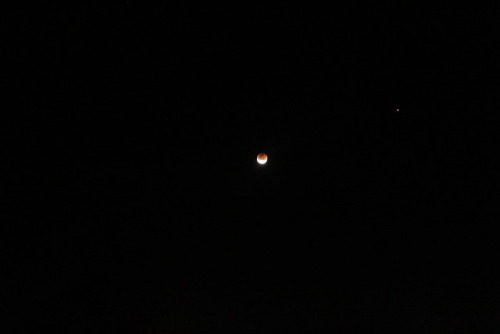
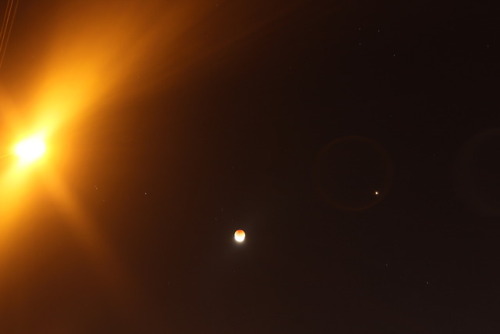

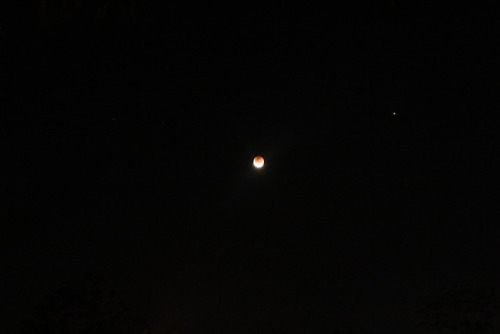
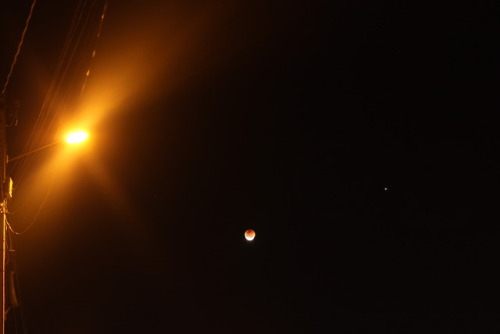


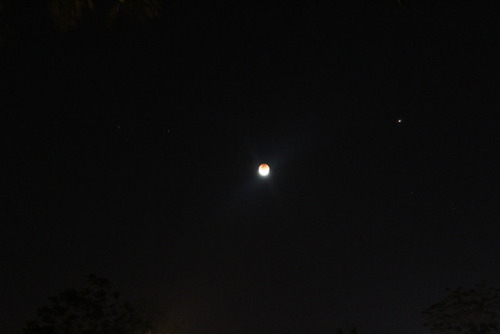
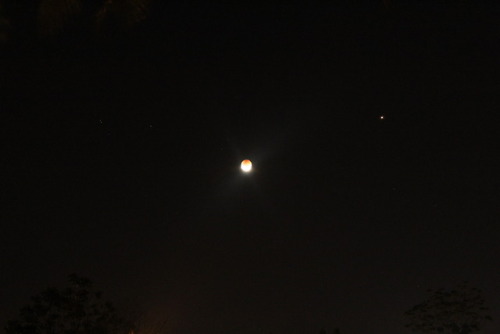
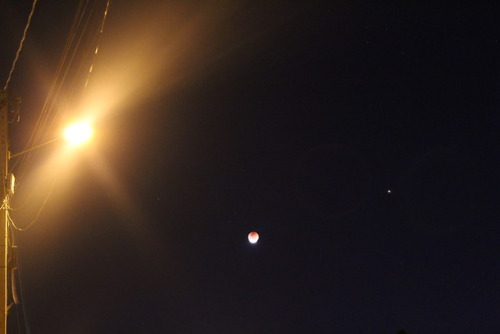
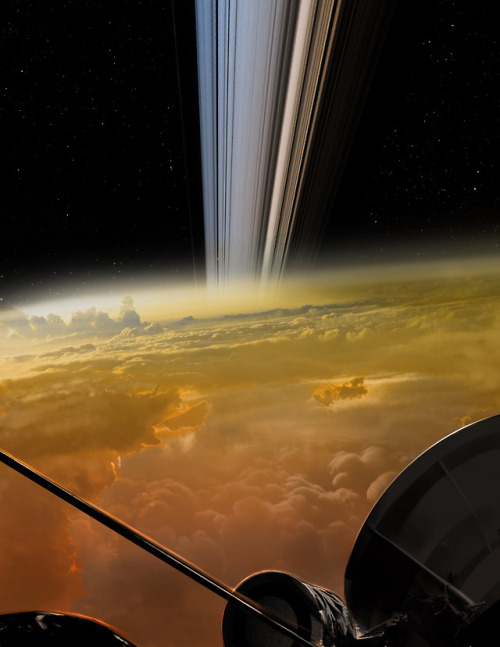



This artist’s concept shows an over-the-shoulder view of Cassini making one of its Grand Finale dives over Saturn | NASA/JPL-Caltech




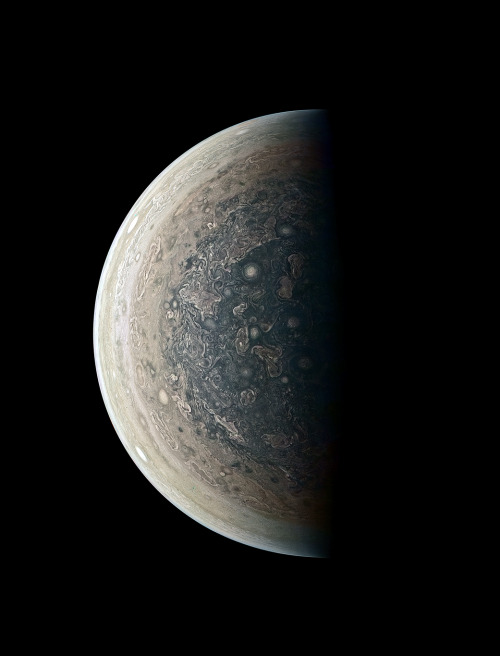
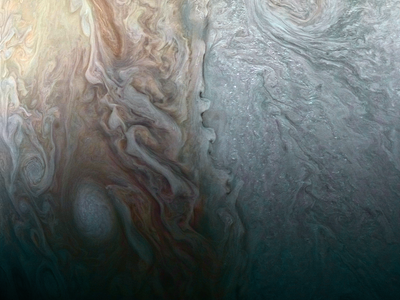



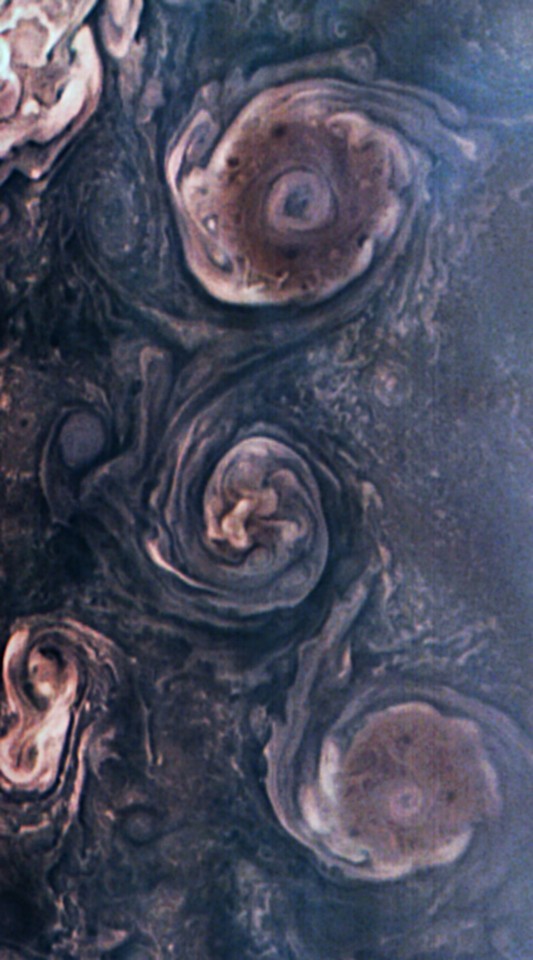



Images of Jupiter taken by JunoCam on NASA’s Juno spacecraft.
Credit: NASA, JPL-Caltech, Mission Juno, Jason Major, Luca Fornaciari, Gerald Eichstädt

This is the of a . It’s so similar to our . Just released by the and European Research Council. The image of a gigantic black hole at the centre of the M87 — 53m light years away and 6bn times bigger than the — was compiled using data pulled from a network of eight radio telescopes, from the South Pole to Hawaii. As it is impossible to see inside a black hole because no light or electromagnetic radiation can escape its overwhelming , the international team has imaged the black hole’s outer edge, or “event horizon”. It shows a bright ring of — a ring of fire created by light particles that would normally travel in a straight line — bent into a circular path by extreme gravity before they fall into the hole. Inside the ring we see the shadow of the hole itself. Our own also has a huge black hole at its heart. The history of science will be divided by the time before the image and the time after the image. Source:ft.com

